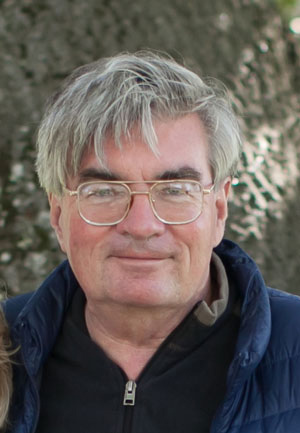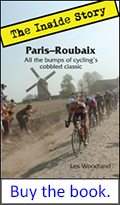Whatever Happened to Aero?
by John Neugent
Tech articles | Commentary articles |
The late John Neugent probably knew more about bicycle wheels than anyone else. Maybe more about bikes as well. He spent his life in the bike business, at every level. He owned Neugent Cycling, a firm devoted to delivering world-class equipment at the lowest possible price. —Chairman Bill

Author John Neugent

In the late ’70s, I attended an industry show at the Coliseum in New York. Shimano was attempting to succeed in the higher end market. Up until then, they were mostly found on mass market bikes. Bike shops didn’t really like them because they were on mass market bikes and it was an easy, and somewhat unfair, way to differentiate mass market bikes from bikes sold in bike shops. SunTour was the preeminent component brand coming from Japan. Their slanted parallelogram design, which was patented, made them the preferred rear derailleur. In order to break into the market, Shimano decided to make aerodynamics their key feature.
It failed miserably, not because the concept wasn’t good, but because their brand was associated with mass market bikes. It is not the point of this article to go into that, but they quickly realized the way to the market was through the high end support of the top level racing community. I don’t really know the intricacies of this but it was their support of top level racers and the introduction of groups and index shifting that gave them the biggest boost.
But back to aero. When Lance Armstrong started dominating road racing and Americans got excited about road racing, the tech weenies saw the clear advantage of aerodynamics. Greg LeMond first really brought it to light with his TDF win in 1989. He won by seconds largely because of his aerodynamic equipment. Of course his natural talent had something to do with it but sponsors have a way of soaking up fame through their relationship with top athletes.

Greg LeMond time trialing in the 1989 Tour de France. Note the disc rear wheel, and aero bars, shift & brake levers and helmet.
But Lance brought in money as people wanted to associate with a cancer survivor and an athlete who could dominate a sport. But it became much larger than Lance. No matter, the money was in road racing on the highest level. I am not going to name names here but the Holy Grail, or one of them, became aerodynamics.
Bikes were made to be the most aerodynamic possible. It sounds good but there is a tradeoff. Bike shop people are often the first to pick up on the tradeoffs. One in particular is with clearance. If you make a frame, fork, and brake to optimize aerodynamics, it means you can’t fit a larger tire. About five years ago, bigger tires were being understood to provide more comfort and more importantly, better performance than smaller tires. So there was a period of 5-10 years that most people who bought bikes suffered from the aerodynamic decision of bike makers.
If there is a lesson here it’s that brands focus on products that will sell. People buy based on the smoke and mirrors and sometimes facts that happen to be influencing sales. I am not aware of any way to protect oneself from this issue, but it’s good to be aware of the possibilities.
John Neugent was was one of the first to establish quality hand building in Taiwan around the turn of the century. He now owns Neugent Cycling, a firm devoted to delivering world-class equipment at the lowest possible price.








